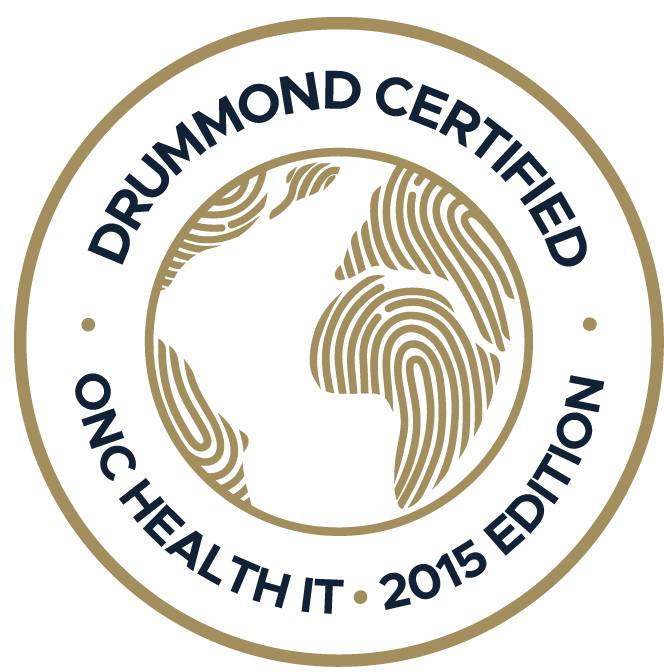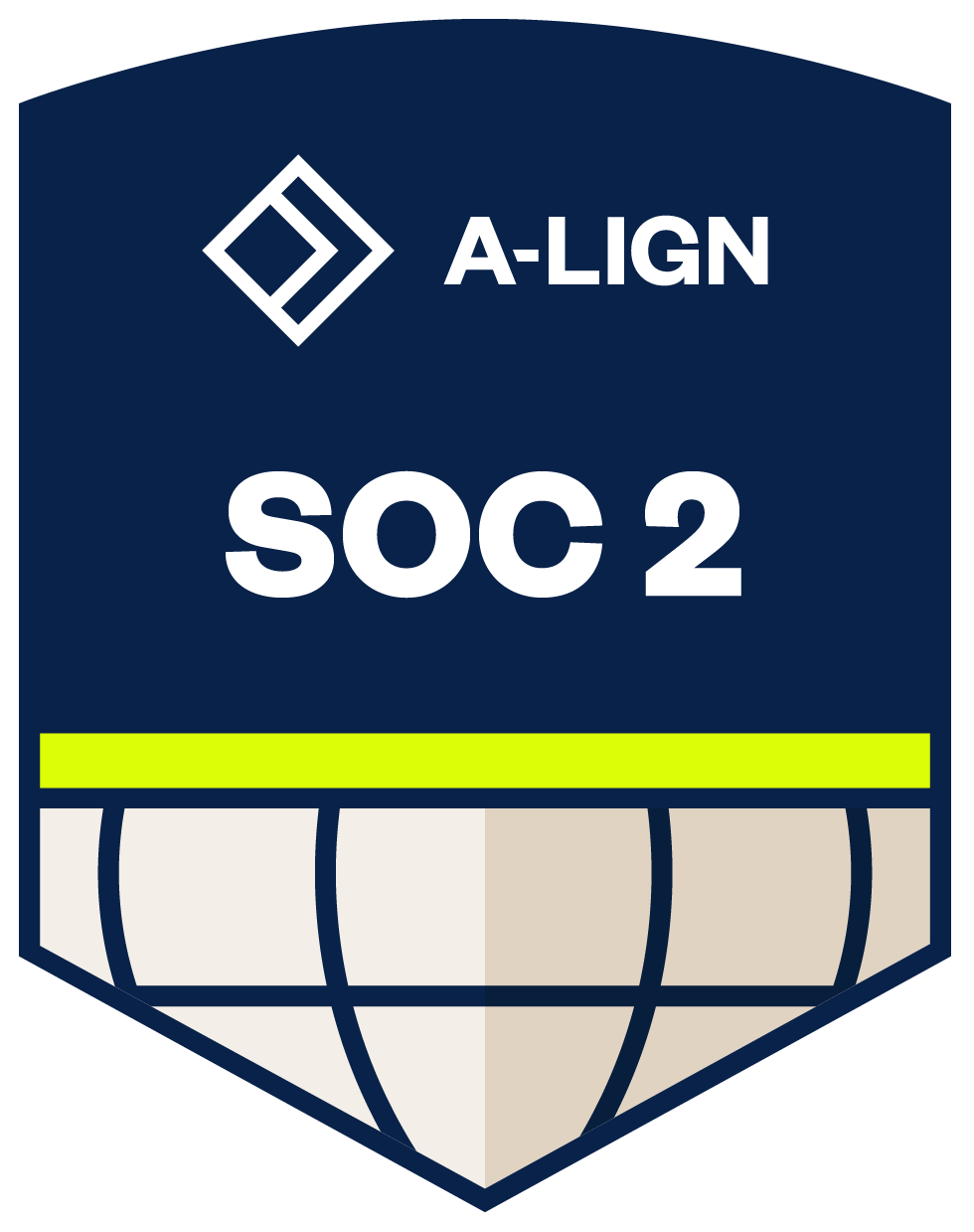ACA enhanced subsidies may expire at the end of December. And that uncertainty is already shaping patient decisions this open enrollment season. Many will switch plans, some may drop coverage, and medical practices need...

Are you a small practice clinician worried about the Medicare Access and CHIP Reauthorization Act (MACRA)? If so, you’re not alone. Most clinicians are still unsure of its impact, leading to concern and frustration for many. While the end-goal of the Quality Payment Program (QPP) sounds simple-- reward clinicians based on the value of the care provided-- the requirements and details of the program are quite complex.
What Is MACRA?
In short, MACRA establishes a new payment system for clinicians who treat Medicare patients. The new program is part of an industry shift to value-based reimbursement and consolidates previously government-mandated programs like, Meaningful Use (MU), Physician Quality Reporting System (PQRS) and the Value-Based Payment Modifier. Not familiar with MACRA? Read MACRA Simplified: 3 Steps to Understanding the Quality Payment Program, to get caught up on the basics.
What Do I Need To Do?
Although there’s still confusion around the program, the reality is clinicians need to participate to avoid a negative payment adjustment. Suit yourself with knowledge, seek guidance, get more information as needed and submit data to ensure your small practice receives the Medicare reimbursements you earned.
Where Can I Go For More Information?
To provide more clarity around the program and to help clinicians participate this first year, the Centers for Medicare and Medicaid Services (CMS) announced new resources that have recently become available. If you feel like you’re lost in MACRA space or need more QPP guidance, take a look below at the compiled list of helpful resources from CMS.
- The QPP Website - The QPP website has been up for some time now, but CMS has recently revamped the whole site. The new site has more clear and detailed information for each track as well as helpful tools, like a participation status checker where clinicians can enter their National Provider Identifier (NPI) number to find out if they’re eligible for the MIPS track.
- MIPS Quick Start Guide: This guide outlines the steps clinicians participating in MIPS should take between now and March 2018 to prepare for and participate in MIPS, such as checking participation status, choosing to participate as an individual or as part of a group, deciding how to submit data, and selecting measures and activities.
- Medicare Shared Savings Program and Quality Payment Program Fact Sheet: This fact sheet provides detailed information on how the Shared Savings Program and the Quality Payment Program align reporting requirements for participating Accountable Care Organizations (ACOs) and MIPS clinicians, and how certain tracks in Shared Savings Program ACOs meet Advanced Alternative Payment Model (APM) criteria under the QPP.
- MIPS APM Fact Sheet: This fact sheet provides an overview of the MIPS APM, a specific type of APM, as well as information about the special APM scoring standard used for clinicians participating as MIPS APMs.
For more information about the QPP clinicians can also contact the QPP Service Center by phone (1-866-288-8292) or email (QPP@cms.hhs.gov).
Related posts from Practice EHR:
RECENT POSTS



TOPICS
- EHR Solution (190)
- EHR (125)
- digital age (118)
- Patient Care (115)
- Medical Billing (111)
- Specialty-Specific EHR (110)
- Industry Update (97)
- Technology in Healthcare (84)
- EHR Features (79)
- Small Practice (76)
- Medical billing services (73)
- Integrated EHR (63)
- HIPAA Security (62)
- RCM (62)
- New Technology (44)
- Cloud-based EHR (43)
- Telemedicine (42)
- Healthcare Office Management (39)
- Practice EHR News (38)
- Kiosk (31)
- Revenue Cycle Management (28)
- AI Solutions (24)
- ePrescribing (21)
- AI Scribing (17)
- Best EHR Software (16)
- EMR (12)
- Practice Management Software (12)
- AI-powered Medical Billing (11)
- Practice Automation (11)
- AI EHR (10)
- Client Favorites (10)
- TeleVisit (10)
- The ONE (10)
- Switching to New EHR (9)
- AI Scribe (8)
- Best EHR Practice (8)
- EHR Integration (8)
- MACRA/MIPS (8)
- Patient Portal (8)
- Urgent Care (8)
- Psychiatry EHR (7)
- AI scanning (6)
- E-Prescribing (6)
- Product Updates (6)
- events (6)
- Automated Health Tools (5)
- MIPS (5)
- Mobile EHR (5)
- Family Medicine EHR (4)
- HIPAA (4)
- Integrated Practice Management (4)
- Internal Medicine EHR (4)
- MIPS Reporting (4)
- Medical Practice Management Software (4)
- Multilingual AI Scribe (4)
- Orthopedics EHR (4)
- Podiatry (4)
- Podiatry EHR (4)
- Regulatory Updates (4)
- Telehealth Platform (4)
- Chiropractic EHR (3)
- Digital Experiences (3)
- EHR Flaws (3)
- EHR Implementation (3)
- EHR for Chiropractors (3)
- EHR for Small Practices (3)
- Eligibility Verification in Medical Billing (3)
- Insider (3)
- Patient Check-in Kiosk (3)
- PracticeEHR GO App (3)
- Telehealth Platforms (3)
- Cash Flow (2)
- Cashless Payments (2)
- Clearinghouse (2)
- Dermatology EHR (2)
- EHR Scheduling (2)
- Family Medicine (2)
- Foot and Ankle Care (2)
- Foot and Ankle EHR (2)
- Health records 101 (2)
- Healthcare Compliance Certification (2)
- Medical Coding Services (2)
- Medical Credentialing (2)
- Pediatrics EHR (2)
- Quality of Patient Care (2)
- Reporting Under MIPS (2)
- Risk and Liability in Medical Settings (2)
- Voice-Activated AI Scribe (2)
- What Works Clearinghouse (2)
- ACA Subsidy (1)
- AI Scan (1)
- AI Scribe for Pediatric Care (1)
- Automated EHR (1)
- Bariatric EHR (1)
- Behavioral Health Practices (1)
- Billing Communication (1)
- Billing for Private Practices (1)
- Cardiology EHR (1)
- Charting (1)
- Data Security (1)
- Dos and Don'ts (1)
- EHR Guides (1)
- EHR KPIs (1)
- EHR Questions to Ask (1)
- EHR Transition (1)
- EHR for Chronic Illness (1)
- EMR vs EHR Difference (1)
- ENT EHR (1)
- Endocrinology EHR (1)
- Gastroenterology (1)
- Gastroenterology EHR (1)
- General Surgery EHR (1)
- Geriatric AI scribe (1)
- Geriatrics EHR (1)
- Guides (1)
- Healthcare Practice Office Management (1)
- Help Center Videos (1)
- Insurance Reimbursement (1)
- KPI (1)
- Key Performance Indicators (1)
- Lab Processing (1)
- MACRA (1)
- Medical Billing Partner (1)
- Nephrology EHR (1)
- Neurology EHR (1)
- Pain Management EHR (1)
- Patient Behavior (1)
- Pediatric Care (1)
- Physical Therapy EHR (1)
- Practice Cash Flow (1)
- Practice Efficiency (1)
- Pulmonology EHR (1)
- Reconsider Your EHR (1)
- Simplify Practice Management (1)
- Staffing in Healthcare (1)
- Switch Medical Billing Providers (1)
- Urgent Care Medical Billing (1)
- Urology EHR (1)
- insurance claim denials (1)








